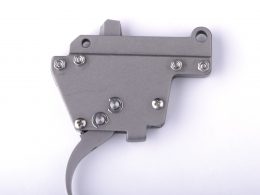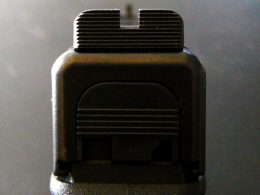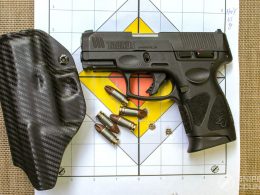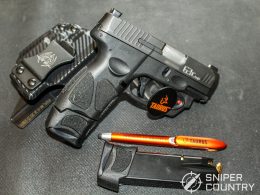Riddle…when is a .357 not a magnum? When it’s fired in the Glock 32, in the guise of the .357 Sig. I have always wondered about the .357 Sig. I’d heard great things about it, such as its ability to push a 125-grain bullet out of a semi-auto’s barrel at over 1300 feet per second, nipping at the heels of .357 Magnum ballistics (especially when that magnum revolver wears a four-inch barrel or shorter). Well, I got to try one…our good family friend Glen has a decent firearms collection, and we met at our annual Christmas Eve open house like we have done for the past many years. Glen is like family so when he offered a few of his firearms for me to possibly shoot, I jumped at the chance. I especially was looking forward to shooting his Glock 32 in .357 Sig caliber.
So, before we get into the specifics of the gun (let’s face it – Glocks are not exactly unknown by shooters, especially Gen 3 models so I won’t spend a lot of words describing it), let’s take a quick look at where the .357 Sig cartridge came from and a bit of its history.
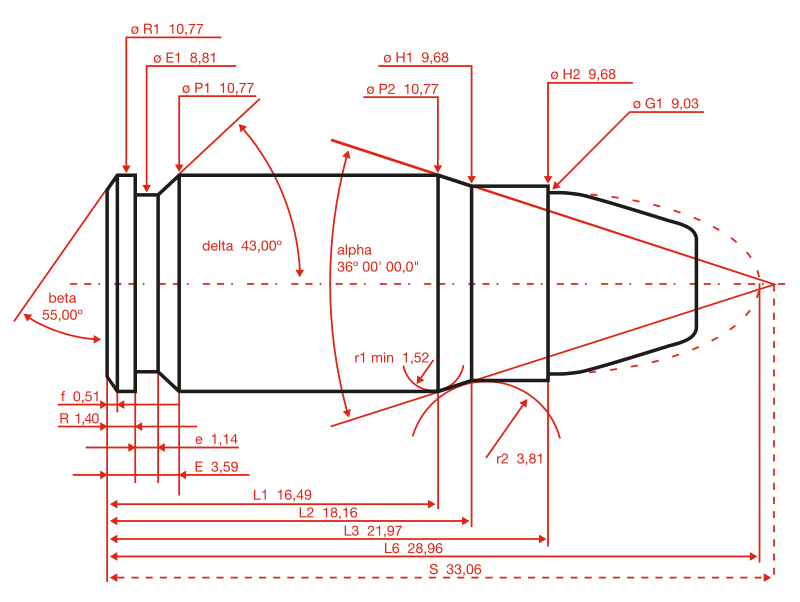
The .357 Sig
The .357 Sig (so named by SAAMI, or .357 SIG by SAAMI’s international counterpart, the C.I.P.) is a product of a business partnership between SIG-Sauer and the Federal Cartridge company. Introduced in 1994, the .357 Sig was the first bottleneck cartridge to be introduced since the 1960s. It is based on a .40 S&W case necked down to accept .355 (9mm) caliber bullets. The idea of necking down a pistol cartridge case to accept a smaller-diameter bullet is not new. Several other bottleneck-case cartridges have been introduced before or after the .357 Sig, including the .400 Corbon in 1996 and the .256 Winchester Magnum in 1960 to name a couple. The .357 Sig has garnered attention as an accurate, hard-hitting round. Law enforcement and savvy concealed-carriers who carry it are impressed by its ballistics. Here’s the SAAMI diagram of the cartridge… notice the bullet diameter is .355, not .357, as its name would imply.
BONUS OFFER: Get your free shooting range targets to print at home!
Get your free targets to print at home!
Why The .357 Sig?
One of the main reasons the .357 Sig was developed was to duplicate the velocity of a 125-grain .357 Magnum bullet but out of a 4-inch autoloader’s barrel. The 125-grain .357 Magnum load was renowned on the street for its ability to stop threats with very few shots, so the powers-that-be wanted this same stopping power in an autoloader with its attendant greater ammo capacity This was accomplished with the introduction of the .357 Sig. The Texas Department of Public Safety issued, in 1996, the SIG Sauer P226 in .357 Sig to its officers. This was the first implementation of this cartridge by a government agency that I could find. After a swing back to 9mm handguns for a short time, the Texas DPS suspended the re-introduction of those 9mms after some reliability issues cropped up. At that point, they went back to the .357 Sig. To the best of my knowledge, the Secret Service, Federal Air Marshals and at least 26 police or other government agencies issue either a Sig or Glock pistol chambered in .357 Sig. That number fluctuates, but suffice it to say that these agencies are sold on the stopping power inherent in this round, with the proper ammunition. I’d read of an officer’s report that stated that, when shot with the .357 Sig, large, vicious dogs would go down with one shot as opposed to needing multiple rounds of 9mm 147-grain ammo. Even though it isn’t a person being shot, the idea is the same…stop the threat as quickly as possible. You get the idea…it is an effective round, or else all those police departments wouldn’t issue it.
OK, now we’ve seen where the .357 Sig came from…let’s look at the gun on hand that fires it…the Glock Model 32.
Popular Articles
The Glock 32
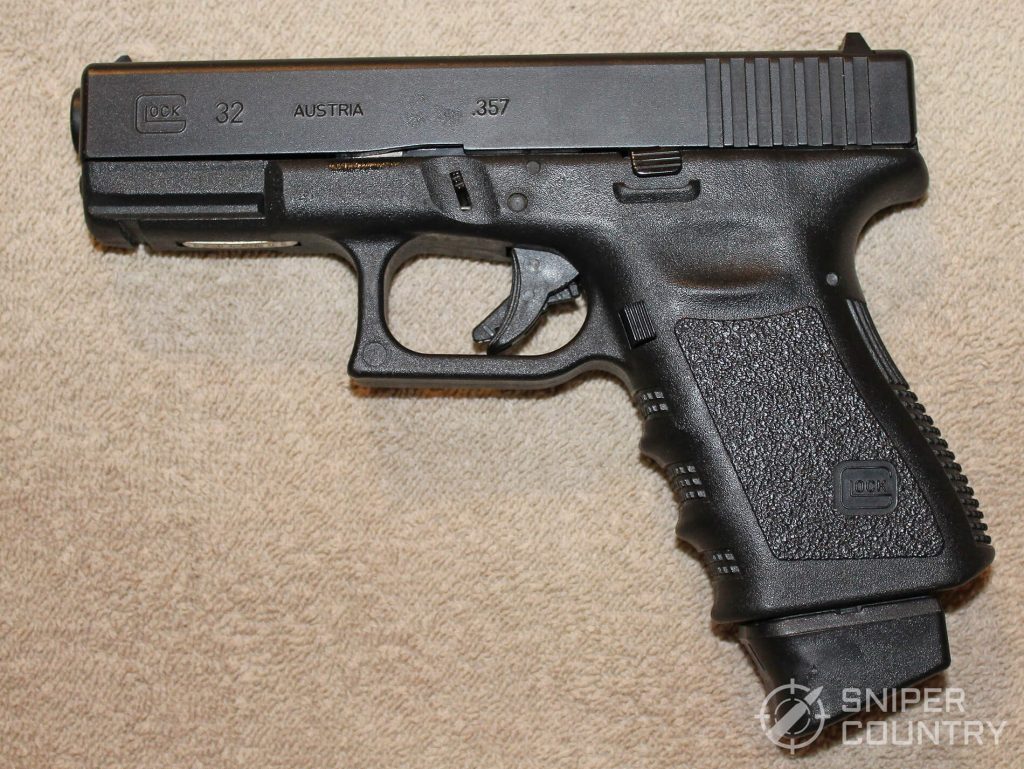
The Glock 32 is a compact package that ably delivers it .357 Sig payload. The one I shot came with three 10-round magazines instead of 13-rounders, but was otherwise as stock as the day it came out of the box. That was fine with me – the gun shot very well.
Let’s look at some specifications, from Glocks’ website and my observations …
| Overall length: | 7.36 inches |
|---|---|
| Width: | 1.26 inches |
| Height: | 5.04 inches (with flat magazine floorplate unlike that pictured above) |
| Barrel: | 4.02 inches |
| Magazine Capacity: | 13, 14, 15 or 16. As stated, the one I shot had 10-round mags included |
| Weight: | 24.34 ounces (with empty mag) |
| Trigger: | Glock Safe Action, 5 pound, 9.9-ounce pull (based on an average of 10 pulls measured with my Lyman pull gauge) |
Now we’ll talk about the gun itself…no surprises here. If you want to know a little more about Glocks, check out my article about their 10mm Model 20. It includes material about the company’s origins and history, and other pertinent facts. I learned a lot researching that article- it makes for an interesting read. Also, if you are confused about how a Gen 3 Glock is different from, say, a Gen 4, check out my explanation here.
The Glock 32 was introduced around 1996, a couple of years after the .357 Sig cartridge appeared. First made in the full-size Model 31, the Model 32 came next with its 13-round capacity and a barrel a half-inch shorter than its larger cousin. Evidently the one that Glen owns must have been destined for a restricted-magazine-capacity state, with its three 10-round magazines but otherwise it’s an standard Gen 3 Model 32.
It is built like all other Gen 3 Glocks – same slide, frame, trigger, etc. Here are some photos I took, in case you’re not familiar with the set-up. I’ve limited the number of photos taken to the basics, since most of us are already familiar with Glock’s guns.
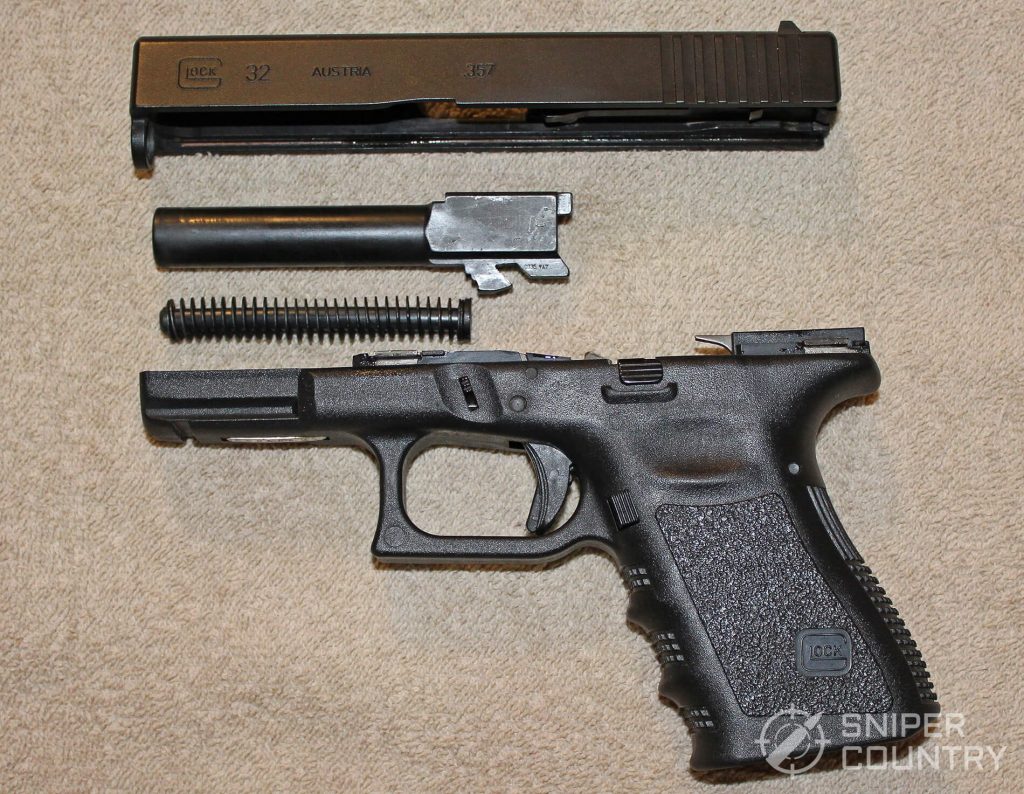
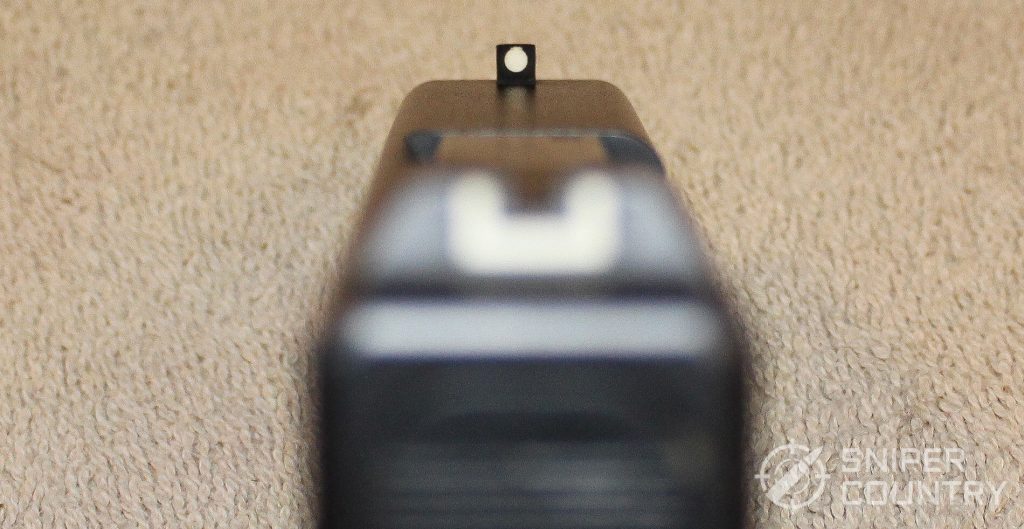
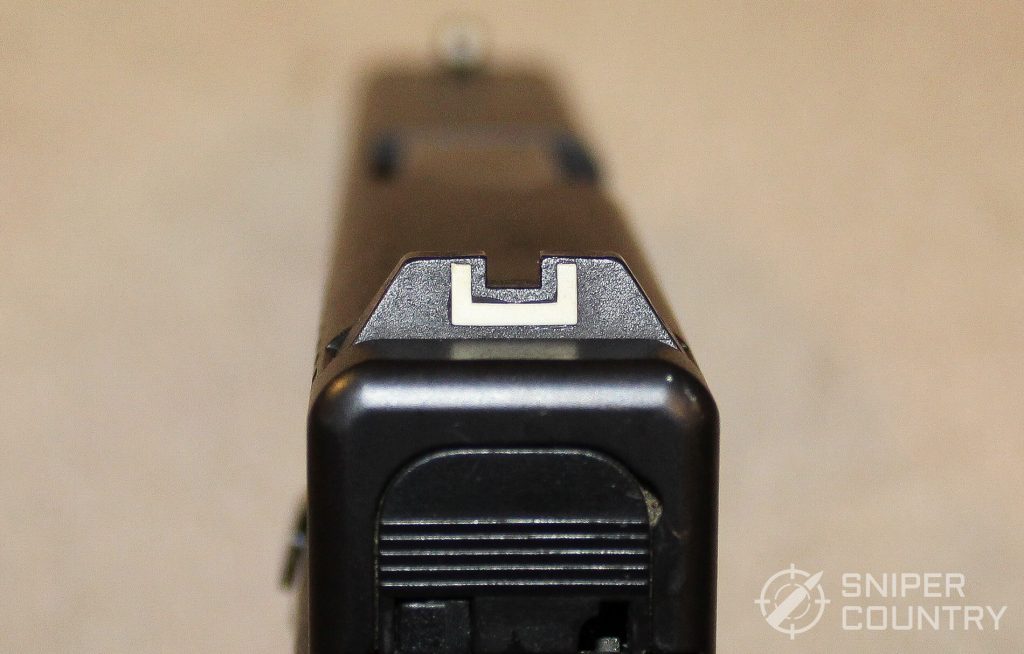

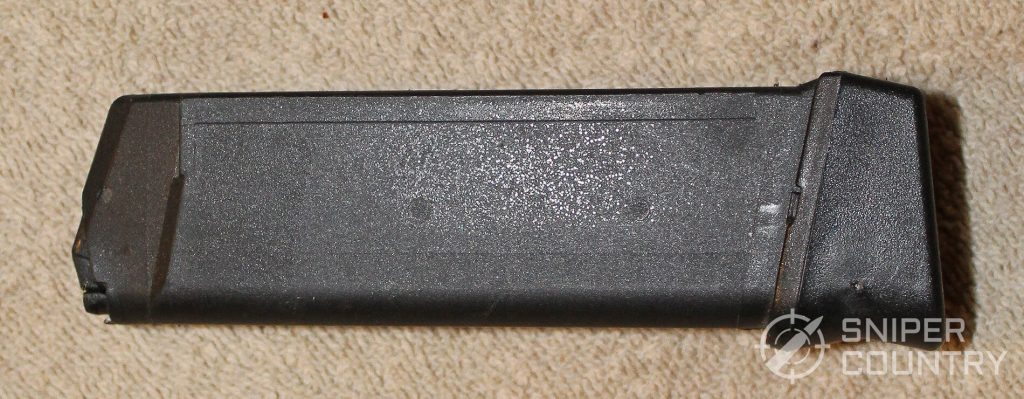
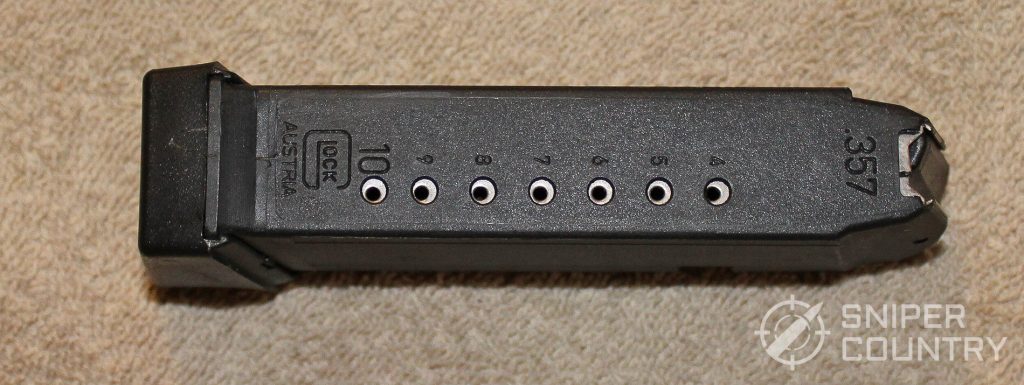
That’s pretty much it. As I said above, if you want to know more about the Glock company and other details, check out the links I included. It does make for interesting reading.
Conversions
Here’s something that may appeal to you… if you already own say, a Glock 23 in .40 S&W, you can buy an aftermarket barrel in .357 Sig and essentially have two guns based on one frame. I checked some prices, and for around $140 you can get a barrel in .357 Sig and capitalize on your shooting experiences. Your .40 magazine might even work, since the .357 Sig is based on a necked-down .40 S&W case. Even some 10mm guns are candidates for conversion, since that cartridge is based on a lengthened .40 S&W. You may have to buy a new magazine…those of you with direct experience with this, please comment below. If you own a proper host-caliber gun, the addition of a .357 Sig conversion barrel allows you to expand your caliber inventory at minimal cost.
BONUS OFFER: Get your free shooting range targets to print at home!
Get your free targets to print at home!
Shooting The Glock 32
Shooting any compact Glock is an experience, especially if it’s chambered for a thumping cartridge. I owned a Model 30 once upon a time – this is the compact .45 ACP. It had noticeable recoil, but was manageable and pretty easy to shoot. With my target-level handloads, it was a pussycat. This gun, not so much. Those of you who own a 32 would probably agree with me that the level of recoil is about as much as you want in a smaller gun. Mind you, I’m not saying that the gun is a fire-breather – far from it – but it does let you know when you pull the trigger. If all you’ve shot are 9mm Glocks, then this one would at least get your attention when you fired it.
I ran a couple of figures through a recoil energy calculator and came up with a very rough estimation of recoil energy for the Model 32 with the 125-grain bullet. That number was 9.1 pounds…not too bad, but bear in mind my .243 Savage rifle shares that same level of recoil energy. I ran the 115-grain 9mm load and came up with an approximate 4.4 pounds of recoil energy. (By way of comparison, my old .45 ACP load generated 7.8). So, we see that the .357 Sig speaks with authority at both ends. I do want to emphasize, however, that the gun is eminently controllable – all those law enforcement agencies alluded to above would not use it if they couldn’t train their people to shoot it accurately. That’s the beauty of a lighter (125-grain) bullet moving at a faster speed – 1300 or so f.p.s. A heavier bullet at anywhere near that speed would be harder to control for follow-up shots…I refer to my experience with the Model 30 .45 ACP’s 230-grain bullet. At only 800-850 f.p.s., it could still kick a fair amount. I would not care to shoot it at anywhere near 1000 f.p.s. or more if that were possible or prudent, which it wasn’t (at least for me). Anyway, the .357 Sig exhibits a great balance of power and allows fast follow-up shots. But, is it accurate?
The Target
Here is a representative target I shot with the Model 32. I shot this from a barricade position, using the barricade wall as a support for my shooting hand. I figured that, since this gun was designed for concealed carry/law enforcement, I didn’t want to shoot it off a bench but wanted a more authentic experience with it.
I shot this ammo…
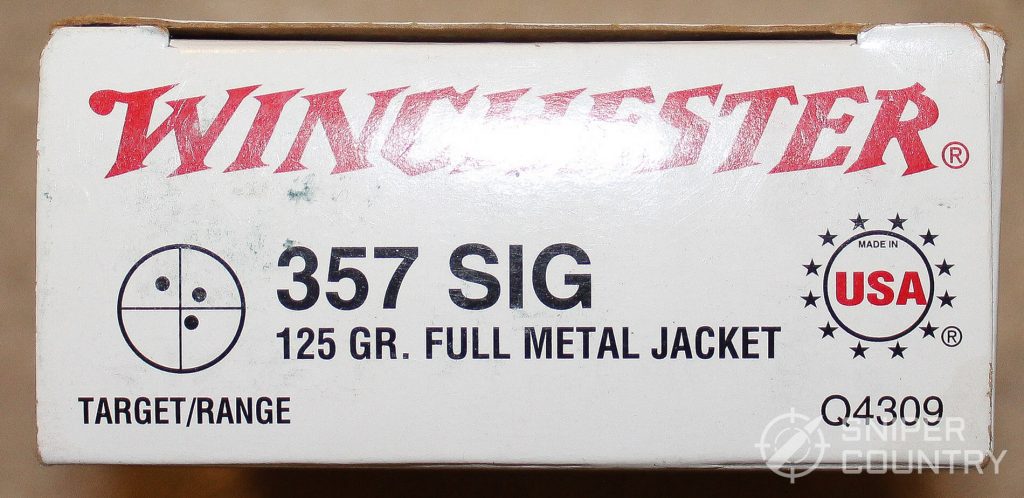
…which Glen said was older but still represented what the .357 Sig was capable of. He provided the ammo, which was nice of him. The box wasn’t full, so the gun had been shot. I chronographed this load, and came up with 1340 f.p.s., which delivers right at 500 foot/pounds of energy. In my state, that would be enough to hunt deer with. Self-defense loads will be in that velocity ballpark, maybe a touch faster, but by shooting this load you get a definite feel for how the G32 stacks up in the recoil and accuracy department. It also makes a good practice load for those who carry the .357 Sig. And, at the time he bought it, it wasn’t overly expensive…the price sticker was still on it and it said $16.95. Not too bad.
Here’s a sample target…
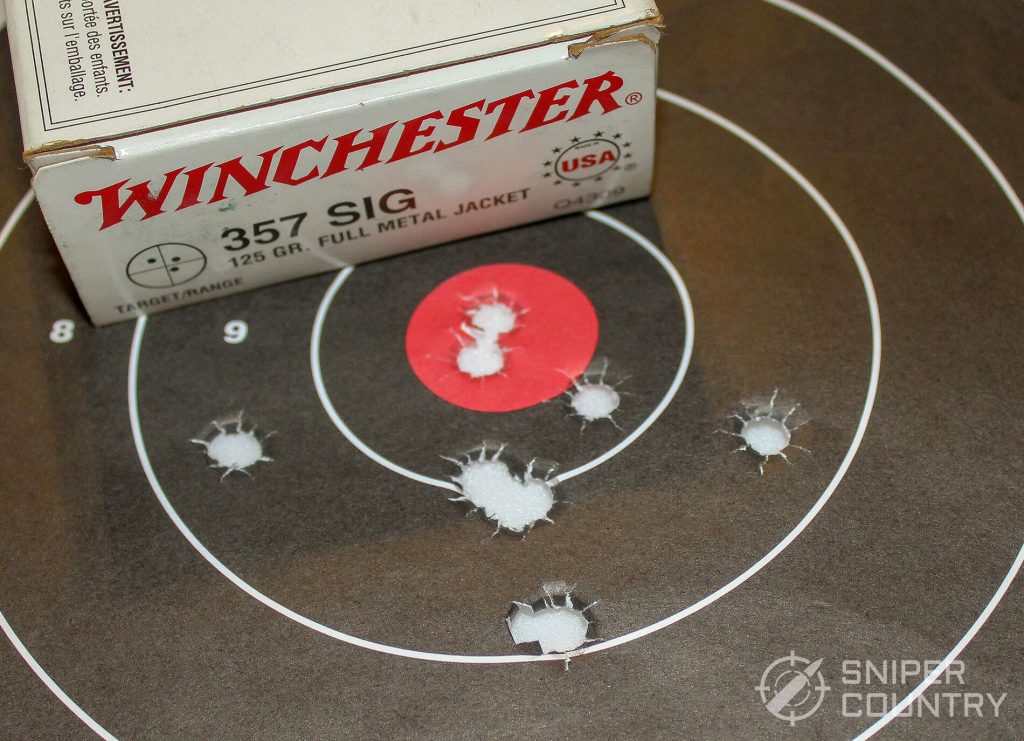
Shooting from the barricade, it did better each time than it had a right to, with me behind it as I’m not the world’s greatest shot. This particular target was shot at a distance of about 10-12 yards, at my backyard range. The gun’s sights were regulated very well with this particular load, and there’s no reason to think it wouldn’t do at least as well with other .357 Sig ammo.
Having already mentioned recoil, I can see why law enforcement agencies like this cartridge. It does kick, but you can still get several rounds out of the gun before recoil becomes an issue. If you can shoot and control 9mm or .40 S&W self-defense loads, you can control this one.
What’s Not To Like?
To sum up, if you are a pistol shooter who is looking to expand your collection and haven’t tried a .357 Sig yet, give it a look. The Glock 32 makes a great all-round gun – you can take it to the range as a target gun, or you can carry it. Its 4-inch barrel lends itself to concealment. If you aren’t a Glock fan, there are other .357 Sigs out there…Smith and Wesson, Springfield Armory and Sig come to mind. But, if you already own a .40 Glock or similar model, you can pick up a conversion barrel and have a whole new pistol just by replacing the original barrel. The possibilities are many, and the caliber is proven. Another way to own one that is cost-effective is to look for police trade-ins. I’ve seen Glocks in .357 Sig for around $350 that were used by a police agency and were in decent shape.
Why not check out a Glock in .357 Sig the next time you’re at your local gun emporium? You may be glad you did. As always, feel free to leave a comment below. Time to get out and do some shooting – please stay safe!

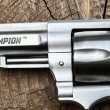
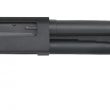


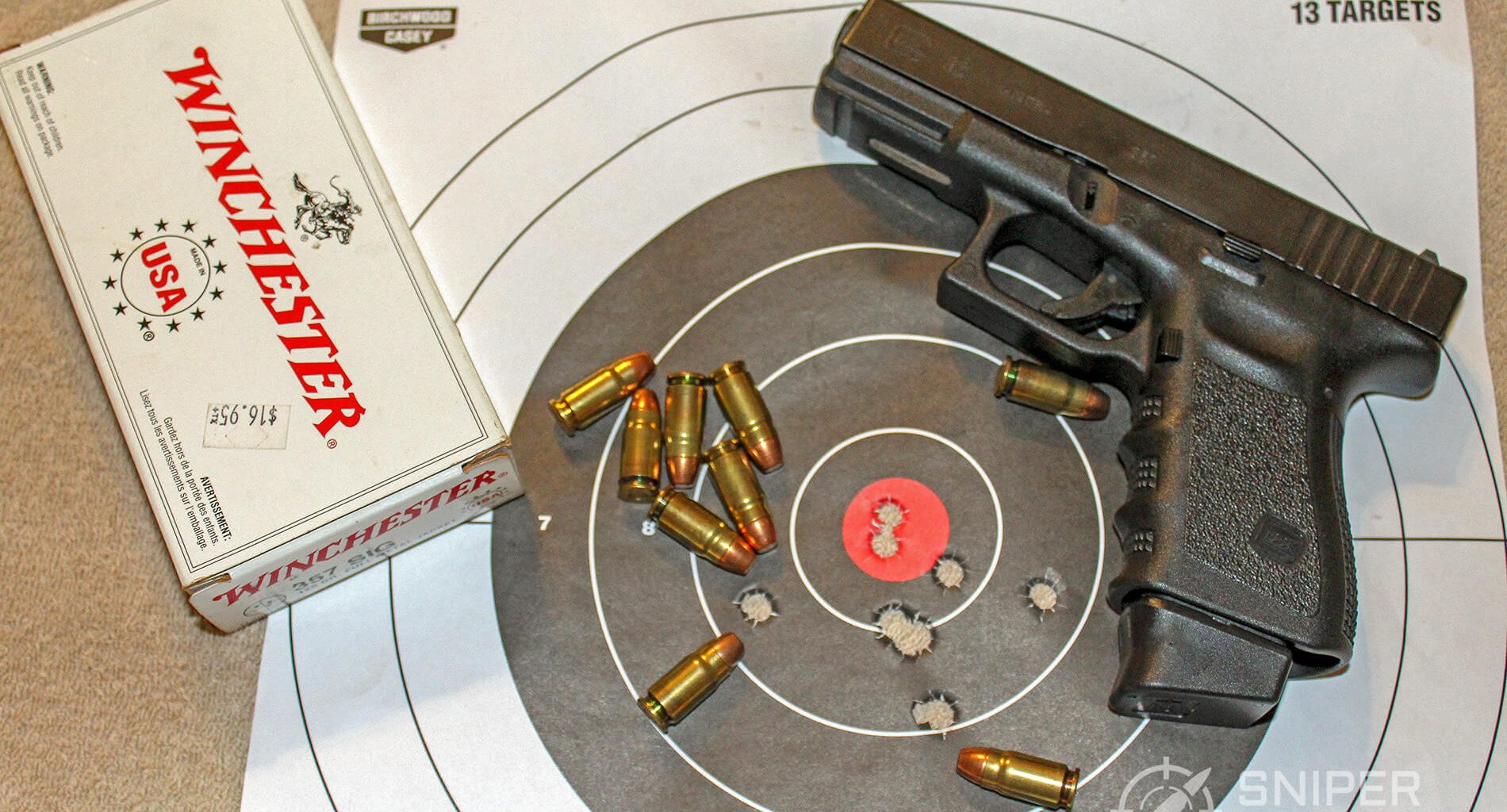
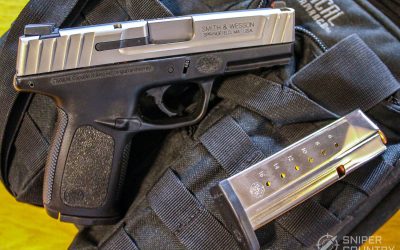

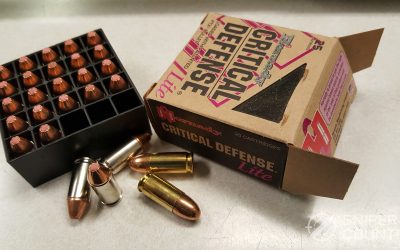

![9mm Glock Models [Ultimate Guide]](https://www.snipercountry.com/wp-content/uploads/2018/10/Glock-17-vs-Glock-19-vs-Glock-26-vs-Glock-41-vs-Glock-43-WM-400x250.jpg)
![Handgun Caliber Chart [2025 Ultimate Guide]](https://www.snipercountry.com/wp-content/uploads/2018/10/Handgun-Caliber-Comparison-400x250.jpg)
![Rifle Calibers [Ultimate Guide]](https://www.snipercountry.com/wp-content/uploads/2018/12/Header-1900-400x250.jpg)

